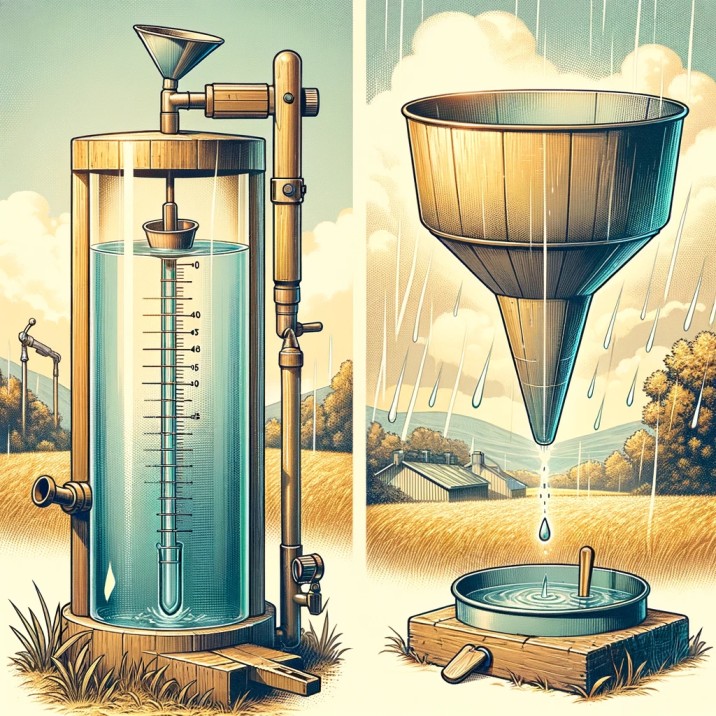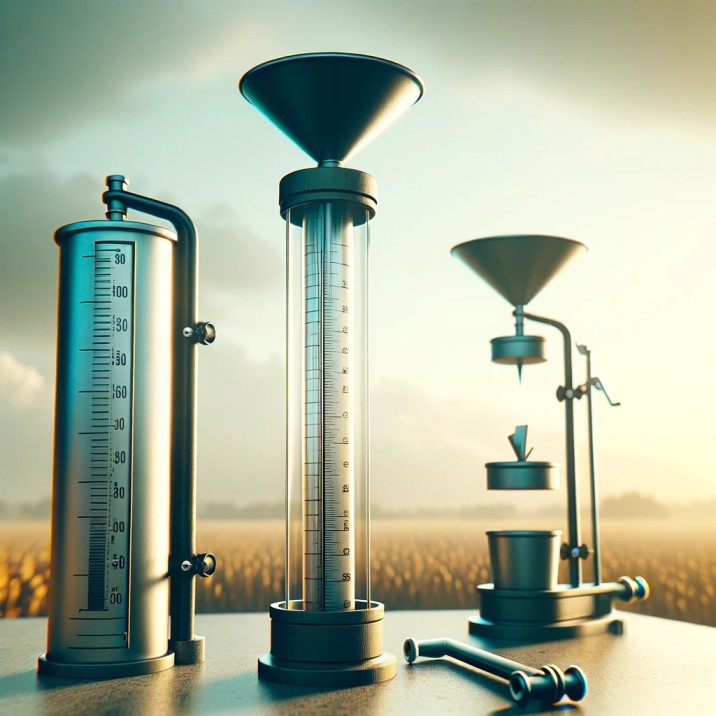Have you ever asked yourself how do we measure rainfall? A rain gauge more commonly known as an udometer, is an instrument used for measuring the amount of precipitation (usually rainfall) over a set period of time. It essentially collects rain in a calibrated container, allowing meteorologists and others to measure how much rain has fallen at a particular location. This measurement is typically expressed in millimeters or inches. Rain gauges are crucial tools in meteorology, hydrology, and general weather observation. They help in understanding weather patterns, studying climate change, and managing water resources.

Introduction to Rain Measurement
Rainfall measurement is essential for various reasons, from predicting weather patterns and preparing for potential flooding to agricultural planning and studying climate change. The device at the heart of this measurement is the rain gauge, an instrument designed to collect and measure the amount of liquid precipitation over a period of time.
History and Evolution of Rain Gauges
The rain gauge has a long history, with early versions dating back to ancient civilizations. In the 15th century, Korea saw the development of one of the first standardized rain gauges. Over the centuries, the design and accuracy of these devices have significantly evolved, leading to the sophisticated instruments used today.
Types of Rain Gauges There are several types of rain gauges, each differing in design and complexity:
- Standard Rain Gauge: The most common type, consists of a cylindrical container with a funnel leading into a graduated measuring tube. The amount of rain is read by noting the level of water in the tube.
- Tipping Bucket Rain Gauge: Widely used in meteorological stations, this gauge has a funnel that directs rainwater into a seesaw-like container. Each tip of the container, usually equal to 0.01 inches of rain, is recorded electronically.
- Weighing Rain Gauge: This type measures the weight of the collected rain and is particularly useful for snowfall and heavy rainfall measurement.
How Rain Gauges Work
The principle behind a rain gauge is straightforward: it collects rain falling into a defined area and measures it, usually in millimeters or inches. In a standard gauge, the diameter of the funnel is precisely calibrated so that one inch of water in the tube translates to one inch of rainfall.
Accuracy and Placement
For accurate readings, the placement of rain gauges is critical. They are typically placed in an open area, away from obstacles like buildings or trees, which can block or divert rain. Multiple gauges are often used in different locations for more comprehensive data.
Importance in Meteorology and Hydrology
Meteorologists rely on data from rain gauges to forecast weather and study climate patterns. In hydrology, these measurements help in managing water resources, understanding watershed and river dynamics, and predicting floods.
Agricultural and Environmental Significance
Farmers use rainfall data for efficient crop irrigation and planning. Environmental scientists study these patterns to understand ecological changes, including the impact of climate change on precipitation trends.
Technological Advancements and Future Directions
Recent advancements include automated and wireless rain gauges, which can transmit data in real-time for immediate analysis. Future developments are expected to integrate more sophisticated sensors and IoT (Internet of Things) technology, enhancing the precision and usefulness of rainfall data.
The humble rain gauge, a simple yet ingenious device, is integral to our understanding of the natural world. From informing daily weather forecasts to contributing to long-term climate research, the data gathered by rain gauges are invaluable. As technology advances, the potential for even more precise and comprehensive precipitation measurement opens up, promising to deepen our understanding of Earth’s complex weather systems and their impacts on our environment and society.

